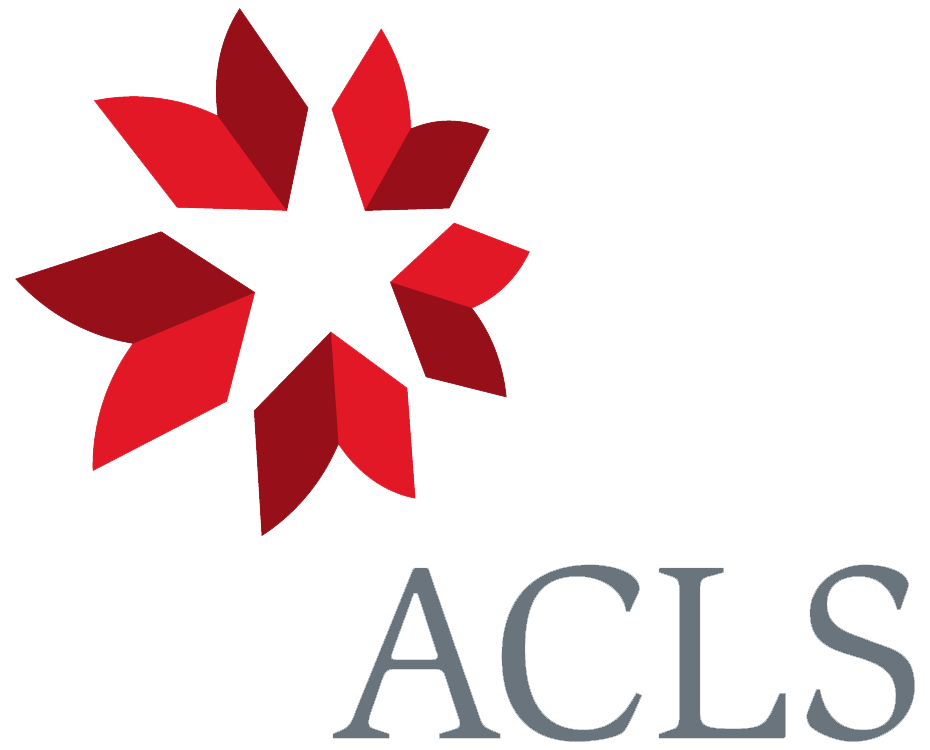From Asa Gray 18–19 August 1862
Cambridge. [Massachusetts]
Aug. 18. 1862
My Dear Darwin
The dawn of hope in yours of July 23d, so brightened in your last, of the 28th gave us heart-felt joy.1 Thank God your dear boy is convalescent, by this time, we trust so decidedly so as to give you full relief from all anxiety. Really, if one can give so much satisfaction at so cheap a rate, one would become a stamp collector for the purpose of supplying the good fellow.2
When he gets quite well he is to write me a note and let me know what American stamps he lacks, and I will see that some of our young people help him. Tell him that so far, he is not so much indebted to the Harvard professor as to a venerable French gentleman of Philadelphia, Mr. Durand.—aged something like 75.3
I have lost the time in which I was to write you this week.—and can send only a hasty line. My old friend Dr. Torrey4 is expected to-morrow to visit us for several days, and I must clear up matters before his coming. But I shall scold him for not having supplied me with Specularia perfoliata, with the “precociously fertilized flowers”. (It seems a good term,—it express the fact.)5
Since my last a few Orchids have come in, e.g. our White Fringed Orchis P. blephariglottis.—but rather too old,—and while I was out, after sunset, a friend has brought me P. ciliaris—the Yellow Fringed O.— which I shall look at to-morrow.
I will record notes, and try to put on record the most important,—so it will not be worth while to send you so many details in the raw state.6
If you so wish it, perhaps I may make a note of some obs. elsewhere— But I like to stick such things into my Notices & Reviews.7 No matter if they are overlooked by the outsiders. If you know of them, or any one else who really wants to use such observations, that is all I care. I rather like to stick these farthing candles under the bushel,—and the same of larger lights, to a degree.
The Sept. no. of Sill. Jour is so delayed that your enclosures were back in time. I was sitting down to use them, when Silliman wrote me that I had already sent him more matter than he could print.8
And so, I was not sorry to let the Orchids go by till the Nov. no.—where I hope to use the cuts you sent me,9 and give some gossiping observations on several American orchideæ. But these must be regarded as only rapid reconnaisance.— All should be held subject to confirmation or the reverse by more careful & reiterated observations—
But I have two points, and both, I know, will please you.
1. Goodyera repens. Before reading your remark on p. 114 line 11, —i.e. having forgotten it.—I have confirmed it.10 It is very distinct, the difference between the early position when the proboscis must hit gland & remove pollinia, but cannot thrust pollinia down to stigma.—and the later position, as seen in flowers lower down the spike. Where there is room, the stigma is in sight on looking down the flower, and the pollinia on a pin go down to stigma as sure as can be.— But the difference is only slightly, if at all owing to any downward movement of the labellum.; it comes from a backward movement of the column, which becomes more erect.
2. I have another, and a different case of close-self-fertilization,—in Gymnadenia tridentata. The arrangement different from P. hyperborea,—11 and indeed, I do not see just how the pollen so surely gets on to the stigmas—on to an arm of stigma carried up each side of anther, & one between the cells. But they get pollen packets in the bud, and pollen-tubes are emitted abundantly.— It is most interesting case yet.—such determination to self-fertilize and yet I suspect pollinia are often removed by insects, & cross-fertilize occasionally. I will describe this.12 But it must be looked at more particularly next year.
19th | The charm of Platanthera ciliaris & blephariglottis is—the very long & narrow arms to the stigma, which, with the anterior portion of the anther containing the long caudicle, are like a stalk bearing the (small) disk on the extremity.— these thrust forward to meet the head of insect, who cannot get in the whole length of proboscis in to the long (1 inch) straight spur, before his face will come in to contact with the glands.
Unfortunately for my experiments, the little glands, so far projecting, dry up sooner than usual, & loose their viscidity, & the stalk its power of depression.
The slight differences between the two species—the white and the yellow—are interesting; but I will not trouble you now, as I keep notes on them.13
Torrey is here. He tells me he could not find any pollen-tubes emitted from Specularia perfoliata— the early fertilised flowers—while the pollen was still in the anthers.14
Good bye, in haste, Ever Yours | A. Gray
CD annotations
Footnotes
Bibliography
Collected papers: The collected papers of Charles Darwin. Edited by Paul H. Barrett. 2 vols. Chicago and London: University of Chicago Press. 1977.
‘Fertilization of orchids’: Notes on the fertilization of orchids. By Charles Darwin. Annals and Magazine of Natural History 4th ser. 4 (1869): 141–59. [Collected papers 2: 138–56.]
Orchids 2d ed.: The various contrivances by which orchids are fertilised by insects. By Charles Darwin. 2d edition, revised. London: John Murray. 1877.
Orchids: On the various contrivances by which British and foreign orchids are fertilised by insects, and on the good effects of intercrossing. By Charles Darwin. London: John Murray. 1862.
Summary
Notes and observations on orchids.
Letter details
- Letter no.
- DCP-LETT-3688
- From
- Asa Gray
- To
- Charles Robert Darwin
- Sent from
- Cambridge Mass.
- Source of text
- DAR 165: 111, 116
- Physical description
- ALS 5pp †
Please cite as
Darwin Correspondence Project, “Letter no. 3688,” accessed on 19 April 2024, https://www.darwinproject.ac.uk/letter/?docId=letters/DCP-LETT-3688.xml
Also published in The Correspondence of Charles Darwin, vol. 10


